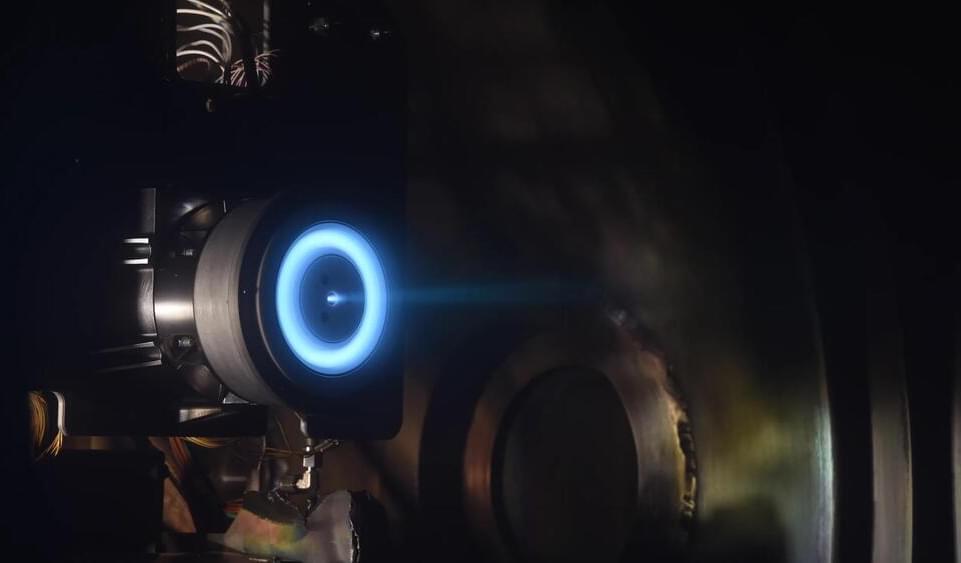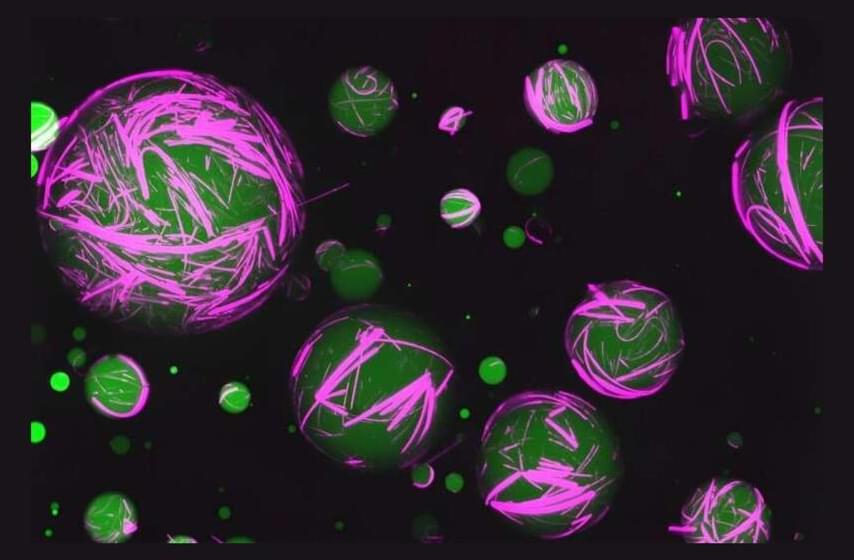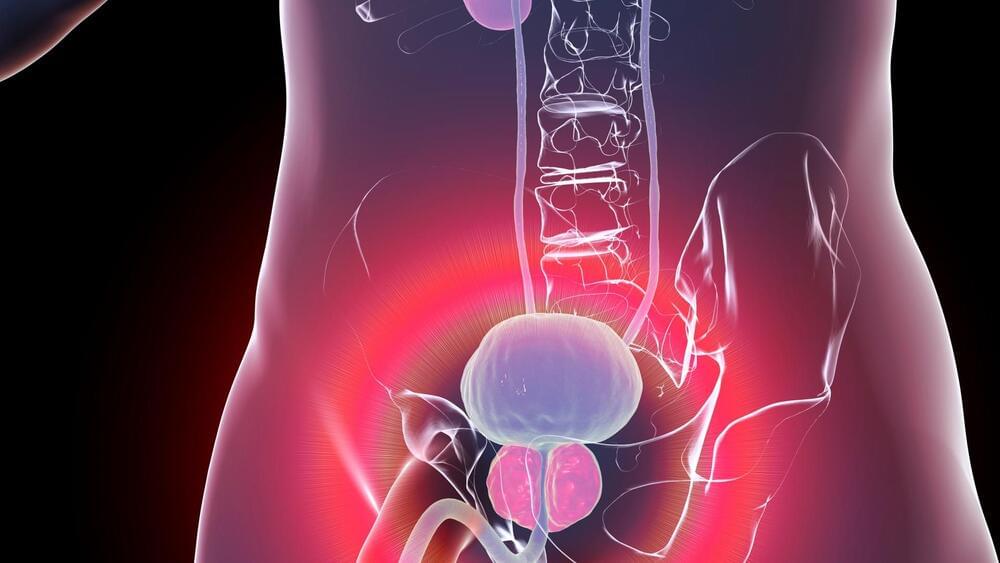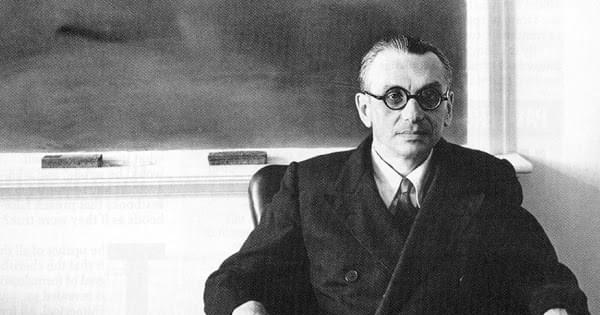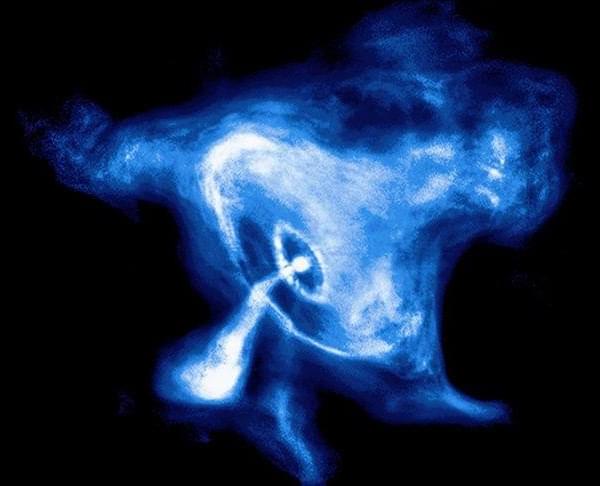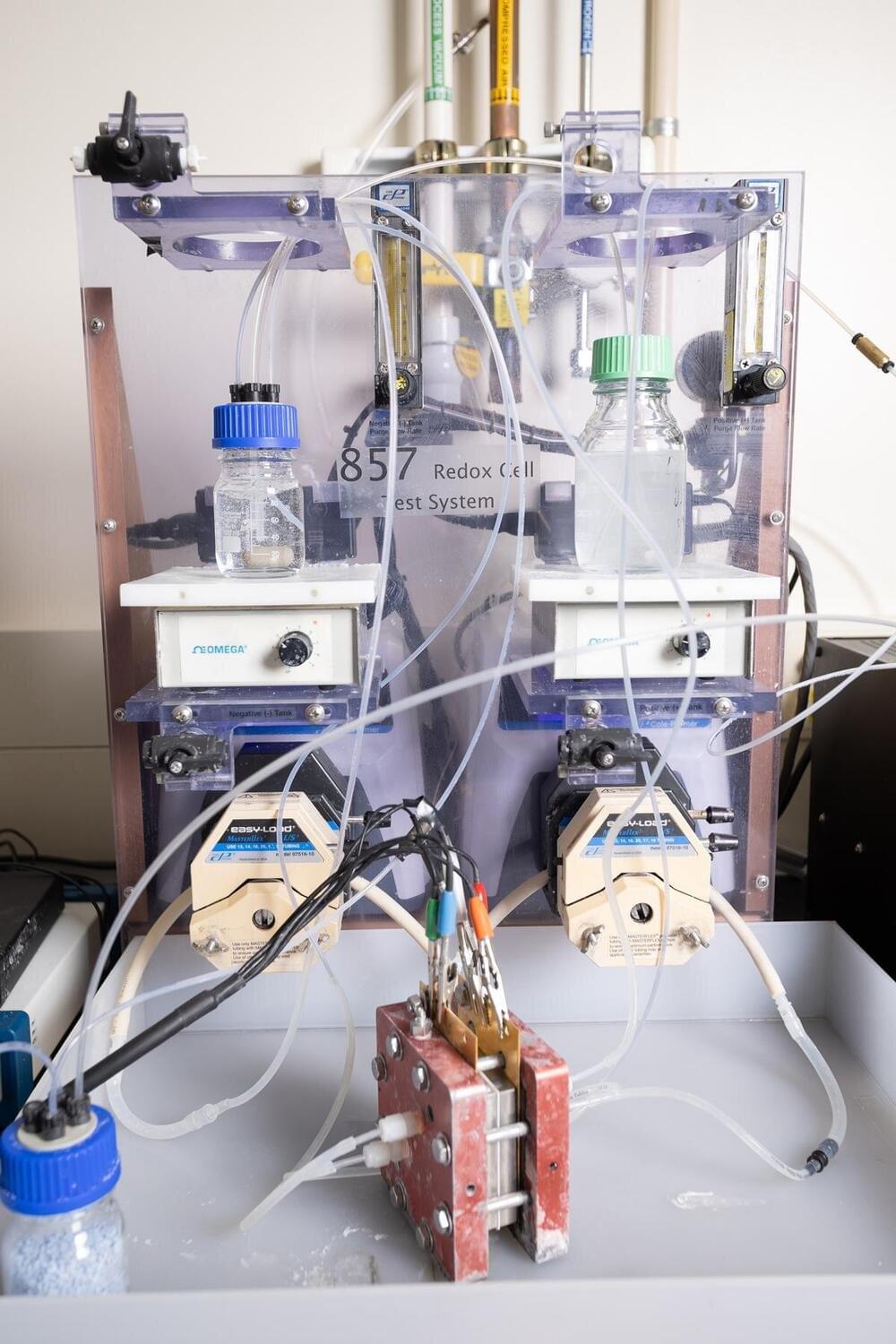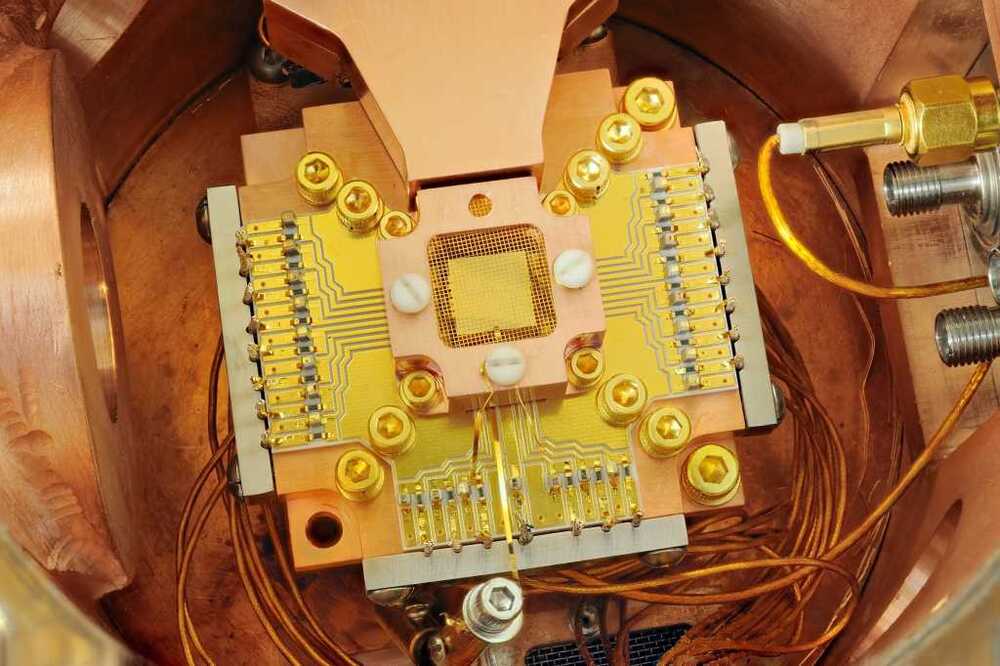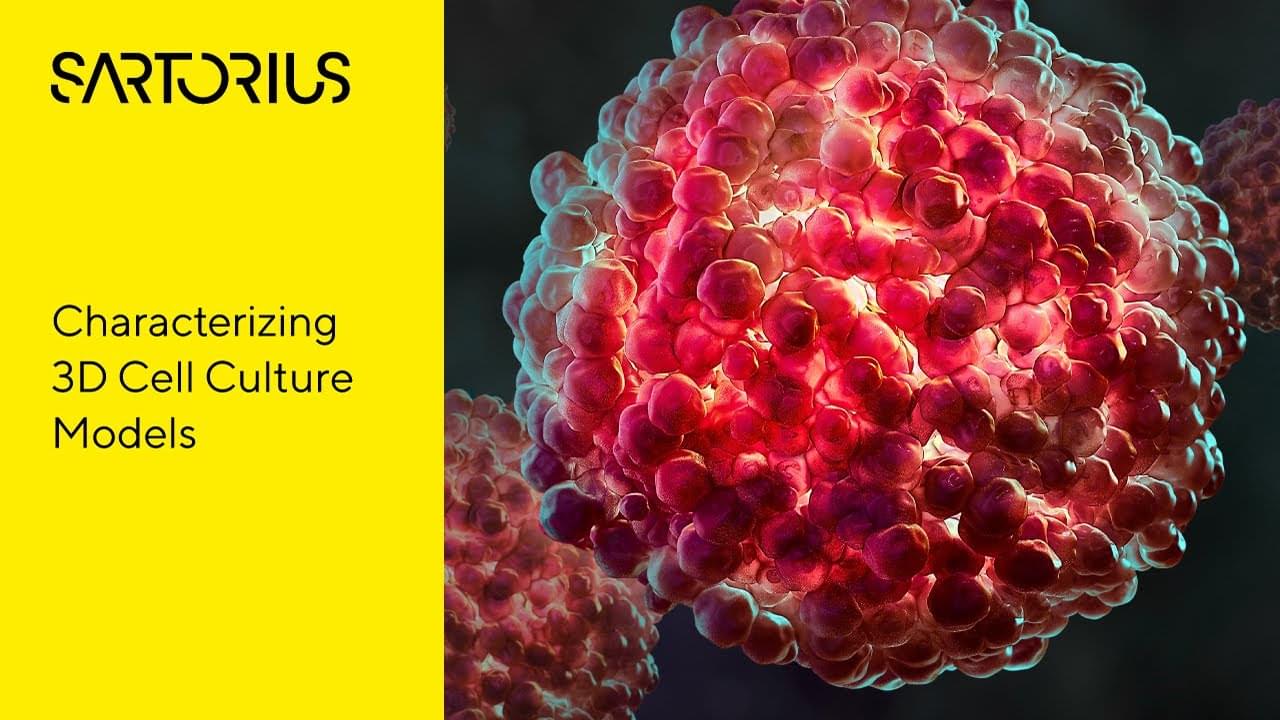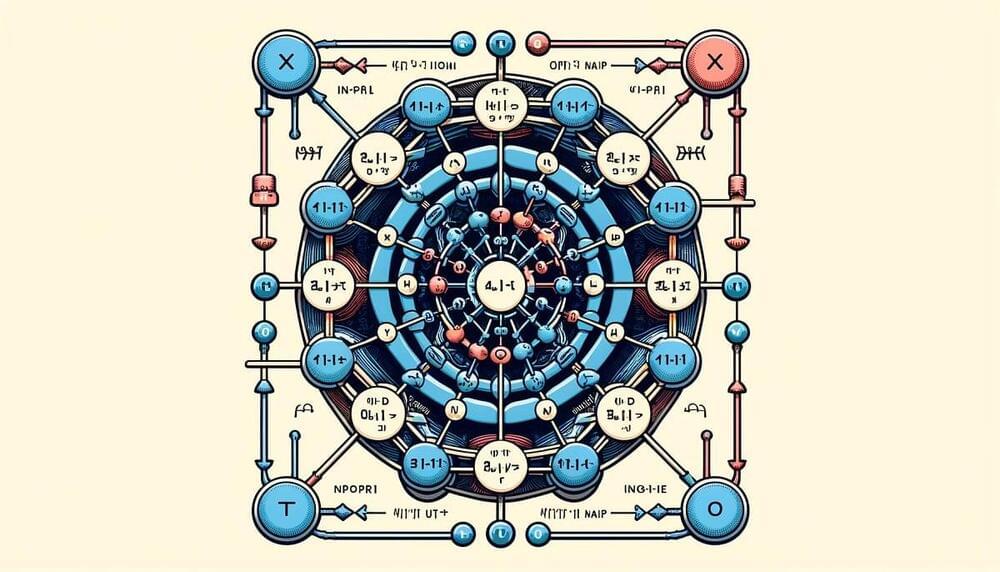The US space agency’s new sub-kilowatt Hall-effect thruster could allow small spacecraft to explore the solar system like never before.
Instead of creating materials that are made to last, Freeman says their materials are made to task — perform a specific function and then modify themselves to serve a new function.
This achievement holds significant promise for advancements in regenerative medicine, drug delivery methods, and diagnostic technologies.
“With this discovery, we can think of engineering fabrics or tissues that can be sensitive to changes in their environment and behave in dynamic ways,” states Freeman.
SCIENTISTS are developing a DNA test to tell if a man’s prostate cancer will come back.
Patients who are at genetic risk of tumour cells flying under the radar and surviving radiotherapy could get extra treatment to make sure they are all wiped out.
Kurt Gödel’s Open World
Posted in futurism
Kurt Gödel was born #OTD 1906.
Today marks Kurt Gödel’s one hundred and eleventh birthday. Along with Aristotle, Gödel is often considered the greatest logician in history. But I believe his influence goes much farther. In an age when both science and politics seem to be riddled with an incessant search for “truth” — often truth that aligns with one’s preconceived social or political opinions — Gödel’s work is a useful antidote and a powerful reminder against the illusion of certainty.
Some Google Chrome users report having issues connecting to websites, servers, and firewalls after Chrome 124 was released last week with the new quantum-resistant X25519Kyber768 encapsulation mechanism enabled by default.
Google started testing the post-quantum secure TLS key encapsulation mechanism in August and has now enabled it in the latest Chrome version for all users.
The new version utilizes the Kyber768 quantum-resistant key agreement algorithm for TLS 1.3 and QUIC connections to protect Chrome TLS traffic against quantum cryptanalysis.
Engineers at Georgia Tech have designed a process that converts carbon dioxide removed from the air into useful raw material that could be used for new plastics, chemicals, or fuels.
Their approach dramatically reduces the cost and energy required for these direct air capture (DAC) systems, helping improve the economics of a process the researchers said will be critical to addressing climate change.
The key is a new kind of catalyst and electrochemical reactor design that can be easily integrated into existing DAC systems to produce useful carbon monoxide (CO) gas. It’s one of the most efficient such design ever described in scientific literature, according to lead researcher Marta Hatzell and her team. They have published the details in Energy & Environmental Science.
While gen AI has captured the attention of virtually every CIO, quantum computing is priming to take center stage.
Recent advancements in our comprehension of human health and disease have been propelled by pioneering research utilizing in vitro 3D cell culture models, including both single-cell spheroids and multicellular organoids.
The refinement of these 3D cell culture models hinges on the capacity to visualize, measure, and track their development and expansion over time. Nonetheless, the methods employed to evaluate and scrutinize these intricate cell models are not without their challenges.
This video explores the challenges associated with characterizing organoids and introduces some solutions to these challenges.
Learn more about our solutions: https://www.sartorius.com/en/applicat…
Follow us on LinkedIn: / incucyte-live-cell-analysis-systems.
#organoids #3dcells #cellculture #3dcellculture #drugdiscovery
Dive into RNNs, the backbone of time series, understand their mathematics, implement them from scratch, and explore their applications.
